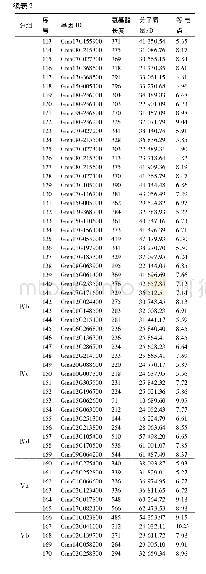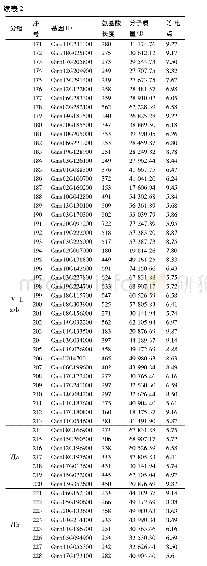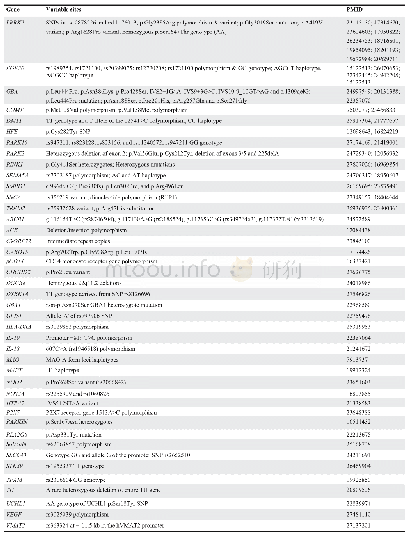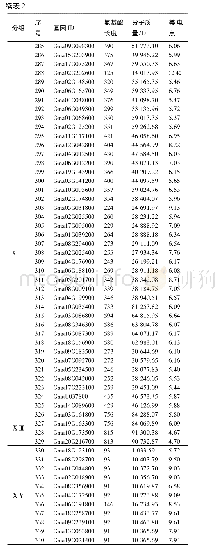《Table 1Phenotypes of genetic deletion of transcription factors in mice.》
Li et al.[55]have found that FOXP3 binds directly to Tip60,HDAC7,and HDAC9 at the N-terminal region to form a chromatin-remodeling complex.Although the association of HDAC7 with FOXP3 and Tip60 seems to be important in order for FOXP3 to repress the targeted gene[56],the precise mechanism is as yet unknown.Since HDAC7 has little enzymatic activity and needs to form a complex with other factors such as HDAC3 in order to function[40],HDAC7 may be important in recruiting other FOXP3 cofactors.However,deletion of HDAC6[41,57],HDAC9[42,57],sirtuin-1(SIRT1)[44,57,58,59],or HDAC11[43]increases the acetylation level and overall expression of FOXP3,in addition to enhancing Treg functions.
| 图表编号 | XD0061017100 严禁用于非法目的 |
|---|---|
| 绘制时间 | 2019.02.01 |
| 作者 | Yasuhiro Nagai、Lian Lam、Mark I.Greene、Hongtao Zhang |
| 绘制单位 | Department of Pathology and Laboratory Medicine,Perelman School of Medicine,University of Pennsylvania、Department of Pathology and Laboratory Medicine,Perelman School of Medicine,University of Pennsylvania、Department of Pathology and Laboratory Medicine,P |
| 更多格式 | 高清、无水印(增值服务) |
查看“Table 1Phenotypes of genetic deletion of transcription factors in mice.”的人还看了
-

- 表2 大豆b HLH转录因子家族成员及其理化性质分析Tab.2 The components of b HLH transcription factor family and its physico-chemical characteris
-

- 表2 大豆b HLH转录因子家族成员及其理化性质分析Tab.2 The components of b HLH transcription factor family and its physico-chemical characteris
 提示:宽带有限、当前游客访问压缩模式
提示:宽带有限、当前游客访问压缩模式





